 |
|
| Issue #101 • September/October, 2006 |
Raising quail is inexpensive, easy, provides very healthy low-fat white meat, and supplies the fertilizer you need for your home garden. The moderate start-up costs for raising quail are well worth it. A simple 8×8-foot open-sided pole building is fine to start with. You can also use an empty corner in an existing outbuilding. Wall in the upper half to keep strong winter winds away. Sturdy wire should be applied over the bottom half to help keep pets and predators at bay. There are a lot of wild critters, including snakes, that like to snack on quail and their tasty eggs. At eye level on each side of the building, hang a 30x30x14” grow-off pen built with 1/2″x1” mesh wire. At the end of the building at waist height, construct a simple frame to hold a brooder, breeder pen, and incubator for the quail. Keeping the birds off the ground helps reduce the chance of parasite infestation or disease. It also makes cleaning up after the birds quicker and easier. You are almost ready to begin production.
|
A source for chicks or hatching eggs might be your local feed store. If not, there are several mail order companies that can provide eggs, chicks, equipment, and the supplies you need. The Japanese or Cortunix quail are the fastest growing and reproducing birds. After just 16 days in the incubator, your initial egg purchase should provide at least a 50-percent hatch rate. Feed the baby birds a game bird starter mix for the first four weeks and a game bird grower mix for the next two weeks. For a small operation, select the best nine females and three males from the hatchlings as breeders and move them to the breeding pen. The remaining hatchlings are now old enough to butcher for the dining table. Maintain a three-to-one female-to-male breeder ratio for the best egg fertility. At this age, the breeders can start laying eggs. Begin feeding them a game bird breeder mix that contains the higher calcium needed for healthy egg shell production. Keep the breeders under 16 hours of light daily, and they will begin to lay eggs. Maintaining the same number of hours under lights will keep your Cortunix quail laying eggs throughout the year.
Under prime conditions, each female bird will lay about 300 eggs each year. When your breeders are laying eggs consistently, collect hatching eggs daily. Keep the eggs in a cool dark place until they are ready for the incubator. Collect eggs for 10 consecutive days, then set the batch of eggs in the incubator at 99-1/2° F. Maintain humidity levels identified with your incubator instructions. Eggs should always be kept pointy end down and need to be turned twice daily to keep the yolk centered inside the eggshell. You can do this manually or with the use of an automatic turner. Once hatched, transfer the chicks to a pre-warmed 100° F brooder. Each week, drop the temperature in the brooder by five degrees. At four weeks old, the young quail can be moved from the brooder to one of the grow-off pens. At six weeks old, the birds are ready to be processed for the dinner table. The eggs, while small, are also considered a delicacy.
|
Quail poop is like brown gold for your garden. It’s low on odor and isn’t very messy to deal with. Shovel up your excess quail manure each week and move it to a garden manure bin to age until it breaks down before using it on plants. It is high in nitrogen, and when fresh, it can burn plants. In the heat of the summer, if the manure does emit much odor, a light covering of lime will eliminate it and sweeten the pile.
Low in fat and high in protein, the all-white-meat quail is served as a delicacy in many fine restaurants. You can enjoy dining on this nutritious bird from your own home-grown stock with surprisingly little effort. Quail eggs are also a delicious delicacy served in many professional kitchens. It takes about three Cortunix quail eggs to equal one small chicken egg.
An average six-ounce skinless quail contains about 123 calories, 40 percent of the recommended daily allowance (RDA) of protein, 50 percent niacin, 30 percent vitamin B6, and 28 percent of iron. The same bird has only 1.2 grams of saturated fat, 1.2 grams monounsaturated fat, 1.1 grams polyunsaturated fat, and 64 grams of cholesterol.
Whether you choose to pluck or skin your birds is a matter of personal preference. The skin has very little fat, unlike most commercial birds raised for maximum weight gain. When plucking, be careful not to tear the skin, as it is very thin. The skin does provide a suitable protective covering that prevents the meat from drying during cooking, so there are advantages to plucking. However, when cleaning a large number of birds for the home dining table, you might find it more efficient to skin the birds. It is far less time-consuming, and your fingers won’t be worn out after cleaning a flock.
|
Euthanize your birds by quickly removing the head. Using a pair of kitchen shears, remove the wings and feet. You can then pluck the birds if you desire. To skin the birds, dunk them in a sink of cold water for a few minutes to cool the skins. This helps keep the feathers attached to the skin when it is removed and loosens the skin from the body. After the birds are plucked or the skin is removed, use your shears to split the bird lengthwise up the back. Remove the innards. If you have access to an outdoor hose, a blast of water into the body cavity will quickly remove any residual particles. The birds are now ready to be wrapped and frozen, or canned for future use.
Your first dozen breeder birds will provide you with hundreds of quail and thousands of eggs during the year. Replacing your breeder stock annually maintains peak production.
The cost of feed and supplies is minimal considering all the meat and eggs you get for your efforts.
Batter-fried quail:
12 quail
3 cups water
1 Tbsp. salt
1 cup pancake or biscuit mix
2 tsp. onion powder
2 tsp. seasoned salt
¼ tsp. seasoned pepper
2 envelopes instant chicken broth
vegetable oil
Cover quail with salted water. Chill at least one hour. Combine remaining ingredients in a paper bag. Remove quail from water, and shake in bag of mix. Fry in hot oil only until golden brown. Serves 6.
Grilled quail:
2 quail (skin on) per person
lemon juice
salt and pepper to taste
butter
breadcrumbs
Sprinkle quail with lemon juice; salt and pepper. Dip in melted butter and roll in breadcrumbs. Grill about 5-6 minutes on each side.
Baked pineapple quail:
8 whole quail (skin on)
1 can (20 oz.) sliced pineapple (drain and reserve juice)
2 tsp. Worcestershire sauce
2 tsp. Dijon mustard
1 tsp. dried rosemary
1 Tbsp. cornstarch
1 small thinly sliced lemon
salt and pepper to taste
|
Preheat oven to 400° F. Arrange quail, breast-side down, in a shallow baking dish. Blend pineapple juice, Worcestershire sauce, mustard, rosemary, and cornstarch. Pour pineapple juice mixture over quail. Bake uncovered for 20 minutes. Turn quail breast-side up and arrange pineapple and lemon slices over quail. Baste with sauce and bake until quail are fork tender, 15-30 minutes longer. Salt and pepper sauce to taste and serve over quail. Serves 4.
Drunken quail:
6 quail
6 Tbsp. butter
3 Tbsp. flour
2 cups chicken broth
½ cup sherry
salt and pepper to taste
3 ounces chopped mushrooms
6 ounces long grain wild rice (cooked)
Brown quail in butter. Remove birds to baking dish. Add flour to butter. Stir well. Slowly add broth, sherry, and seasonings. Blend thoroughly. Add mushrooms, and pour over quail. Cover and bake at 350° for 1 hour. Serve over rice. Serves 6.
Stuffed quail:
4 quail (skin on)
dressing (see below)
salt and pepper to taste
4 Tbsp. vegetable oil
flour
1 cup chicken broth or hot water
Stuff birds lightly with dressing; salt and pepper. Place birds in a deep saucepan with vegetable oil. Cook until well browned, reduce heat, and cook slowly for 20-30 minutes. Make gravy of drippings thickened with flour, and add the chicken broth or hot water. Serves 2-4.
Dressing:
1-½ cups dry bread crumbs
1-½ cups of finely chopped celery
half finely cut onion
1/3 tsp. poultry seasoning
1 egg (or 3 or 4 quail eggs)
1/3 tsp. dried savory
1/3 tsp. salt
¼ tsp. powdered rosemary
1/3 cup broth or water
Combine all ingredients and mix well. Stuffs 6-8 birds.
Home-pickled eggs:
5 dozen peeled hard-boiled eggs
pickling solution:
2 pints white vinegar
1 pint water (less for tangy eggs)
2 Tbsp. salt
1 medium chopped onion
1 ounce pickling spice (2 ounces for spicy eggs)
Bring pickling solution to a boil and simmer for a few minutes. Let cool and strain. Place eggs in sterilized quart canning jar. Cover eggs with cooled solution. For best flavor, let eggs soak in solution in the refrigerator for at least three days.
Hard-boiled quail eggs:
Place 2-5 dozen eggs in cool water with a pinch of salt and bring to a boil. Hard boil 5 minutes, stirring frequently to prevent yolks from settling to one side. Plunge into cold water until cool enough to handle. Eggs peel easier if one week old before cooking. Place in cold water or refrigerator until very cold before peeling. Peel by rolling egg on hard surface to loosen shell. Shells can also be dissolved by placing in full-strength vinegar for about 12 hours, agitating every several hours. This leaves the egg enclosed in the membrane.
Serving suggestions: Dip in sea salt; coat with lemon mayonnaise then serve on salad; dip in favorite salad dressing; heat in cheese sauce; sprinkle with cheese and brown under broiler; heat in curry sauce and serve with rice.
Brine eggs:
hard-boiled quail eggs in shell
brine solution: 2 ounces salt per pint of water
Place eggs in sterilized canning jar with shells still on and cover with brine solution.
Allen Easterly is a freelance writer living a near self-sufficient lifestyle in Stafford, Virginia. He can be reached via http://rendezvoushobbyfarm.com/.


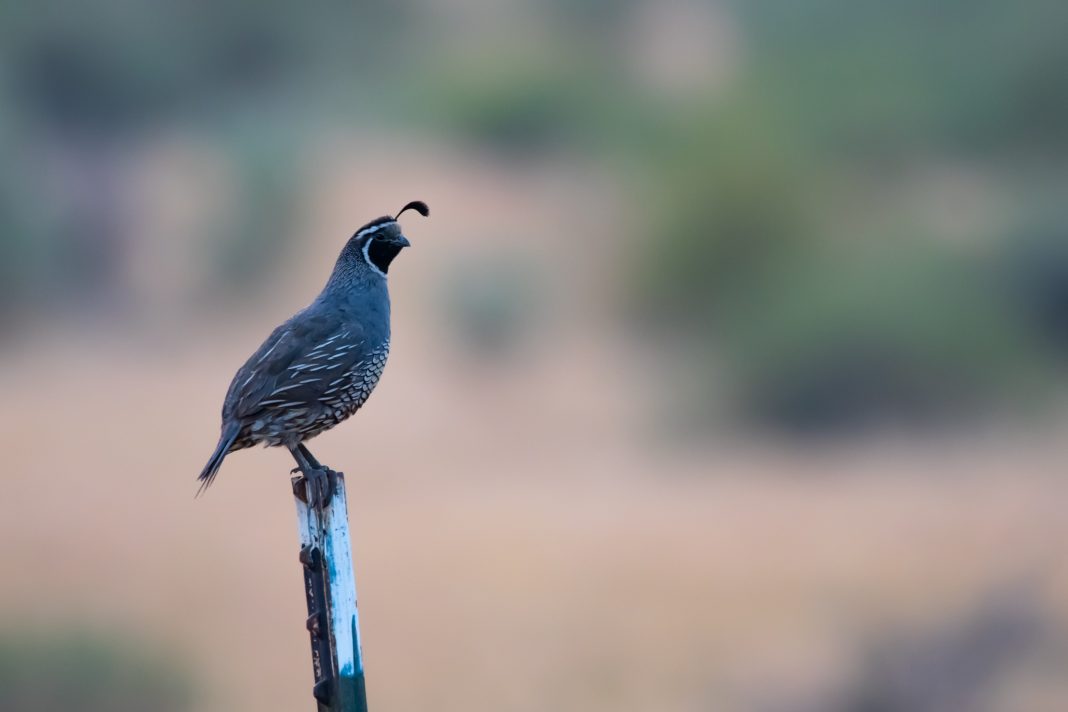



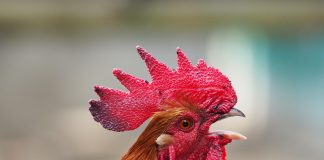





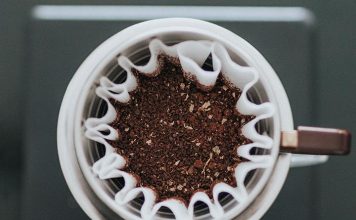


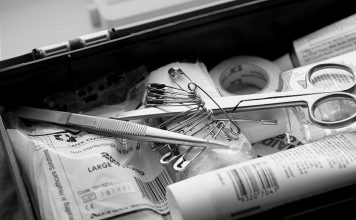
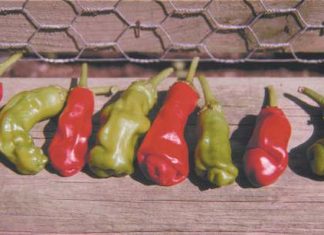
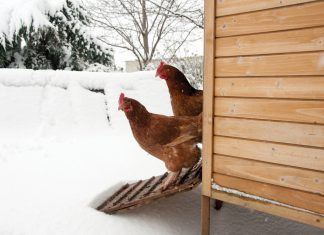
My employer raised California Valley Quail in a raised 4x4x6 screen bottom enclosure, four feet above ground, for egg production. Excellent pickled hard boiled eggs. Are there web sites and suppliers for access to everything from eggs to incubation to caging live quail to feed that you recommend? I’d like to get started.